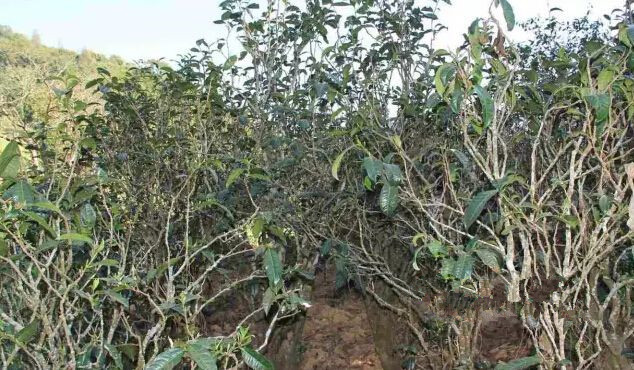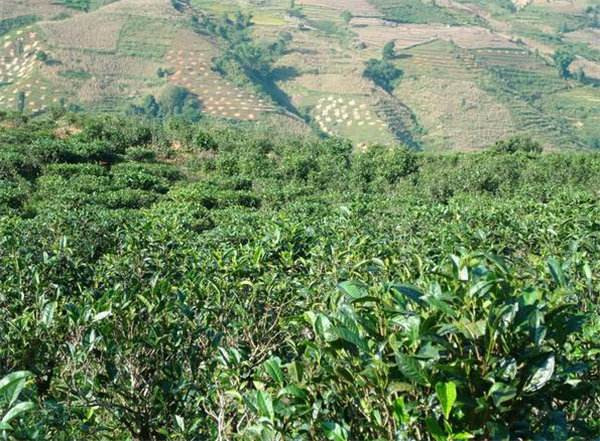Nasai Village and Tea Plantation of Dongbanshan Mountain in Mengku Town, Lincang
Chinese Name: 勐库东半山:那赛大寨
English Name: Nasai Village of Dongbanshan Mountain in Mengku Town, Lincang
On both sides of the Nasai Highway are rattan tea plantations(藤条茶园) planted before 1965. The Nasai village is an ancient Lahu ethnic village. Most of the oldest and largest ancient tea gardens in Nasai are here. There are more than 80 families in the village, 90% of them are Lahu people. The ancient post road from Mengkuba to Boshan and Lincang passes through the village. On both sides of the old road, there are hundreds of ancient tea gardens. Many ancient tea trees are more than 80 centimeters in circumference, which was planted by Lahu people, before Han people moved here.
Zhengqi Tang(正气塘) is a Han village on the top of a small village. There are more than 30 families in Zhengqi Tang. Zhengqi Tang used to be inhabited by Lahu people, and now dozens of acres of tea plantations are planted by Lahu people. The trunk of tea trees has grown thicker than the mouth of the big bowl. In 1903, the Lahu people moved away and the Han people planted tea trees.
Zhengqi Tang is very convenient for people to sell tea. They can walk from Zhengqi Tang to Boshang Street(博尚街) for three hours. If they don’t want to go to Boshang(博尚), they can put the tea at the door and buy it when there are horse bands.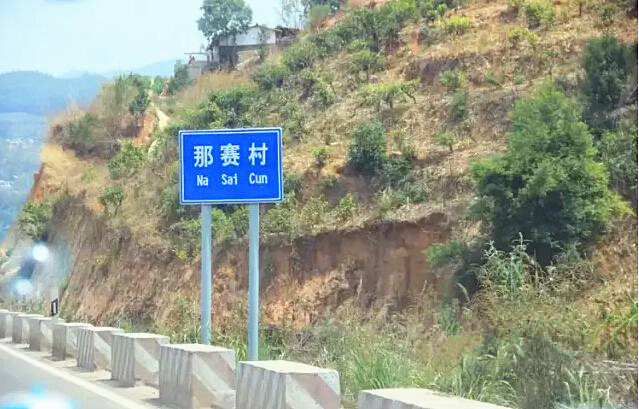
Nasai Dazhai is crossed by an ancient road, dividing the Dazhai into two stockades, Shangzhai(上寨) above the ancient road and Xiazhai (下寨) below, both of which are Han stockades. The old tea trees in Nasai Dazhai are scattered along the ancient road, planted by the Han people in the early years of the Republic of China(民国初年).
Since the 1980s, the Nasai Village Committee(那赛村委会) has planted more than 2,000 Mu high-yielding tea plantations. The Han people have also set up small tea processing factories in Nasai, and the products are popular everywhere.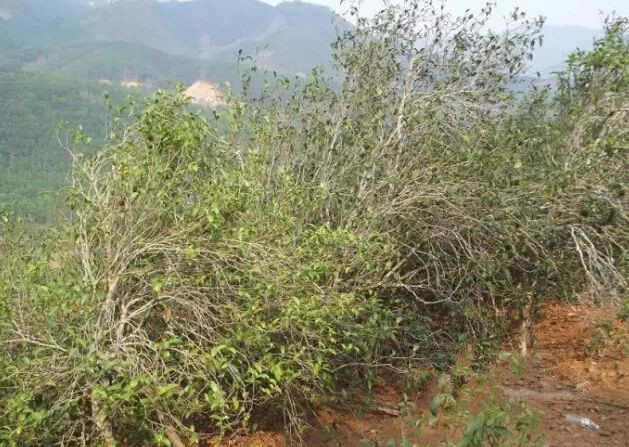
Nasa Tea District (那赛茶区) Overview
The Nasa Tea District is centrally located in the Eastern Half Mountain of Mengku, surrounded by ancient tea villages. It is approximately 20 kilometers from Mengku Town and 41 kilometers from Shuangjiang. The district is bordered by Lincang to the east, Haigong to the south, Bangdu to the west, and Banuo to the north, making it the heart of the Eastern Half Mountain region.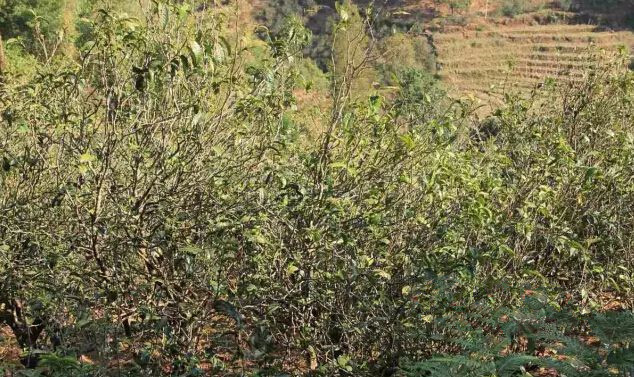
Geography and Villages
- Tea Villages: The district is dotted with ancient tea villages, with a notable concentration of vine tea (藤条茶).
- Nearby Villages: Up the mountain from Nasa is Xiaocun, followed by Zhengqitang.
- Ethnic Composition: The Nasa area primarily consists of Han people, while Xiaocun has a relatively larger population of the Lahu ethnic group.
Nasa Village Tea Forest
The journey from Dongnong to Nasa reveals densely planted tea trees, predominantly vine tea, with tea gardens around 50 years old. Along the route from Nasa to Xiaocun, many old tea trees can be found, which are distinguishable as vine tea. These trees were likely planted by Han people in the early years of the Republic of China.
- Modern Developments: After the 1980s, the Nasa Village Committee planted over 2,000 acres of high-yield tea gardens. Baihuashu Village is home to the largest number of new tea gardens. Both Baihuashu and Xiaocun have initial processing facilities for tea. The descendants of the Dai family continue to have a connection to tea and operate a tea processing factory in Nasa, with products that are well-received in Kunming.
Characteristics of Pu-erh Tea from Nasa Tea District
The Nasa Tea District is as renowned as the Banuo area, encompassing three natural villages: Xiaocun, Zhengqitang, and Nasa Dazhai. Among these, Zhengqitang is the highest at approximately 1,800-2,000 meters above sea level, while Xiaocun is in the middle, and Nasa Dazhai is the lowest.
- Tea Quality: Most ancient tea trees in the Eastern Half Mountain are vine tea. The vine tea from Nasa compares favorably to that from Banuo in terms of thickness and overall flavor. It is noted for its rich internal character and bright, golden liquor, indicating high quality.
- Tasting Profile: Nasa tea exhibits common characteristics of ancient trees in the Eastern Half Mountain: sun-loving, with pronounced bitterness and light astringency, smooth texture, and aromatic richness, particularly evident in spring teas. The leaves are tightly rolled with visible tips, producing a bright, golden brew with strong and lasting aroma, sweetness, and excellent aftertaste. Due to its relatively high altitude, Nasa tea offers a robust texture and rich flavor profile that stands out among its peers.
Flavor Profiles of Nasa Tea
Nasa tea is a type of vine tea and a high-quality Yunnan big-leaf variety, representing standard Yunnan Pu-erh tea. The tasting notes for Nasa tea are as follows:
- Nasa Dazhai: Produces tea with typical Eastern Half Mountain characteristics. Compared to Zhengqitang, the tea from Nasa Dazhai has milder flavor and lower thickness but exhibits a noticeable fragrance and smoothness.
- Xiaocun: Offers a soft and smooth entrance with slight astringency, followed by a quick release of flavor, distinct aftertaste, and high viscosity.
- Zhengqitang: Known as “Little Bingdao,” this tea has a golden, thick liquor, bright and clean with intense floral aroma. It possesses strong, rich flavor, lingering sweetness, and a long-lasting aftertaste, often leaving a honey-like fragrance in the mouth.
Overall, the Nasa Tea District is characterized by its unique tea quality and diverse flavor profiles, making it a significant area for Pu-erh tea production in Yunnan.
